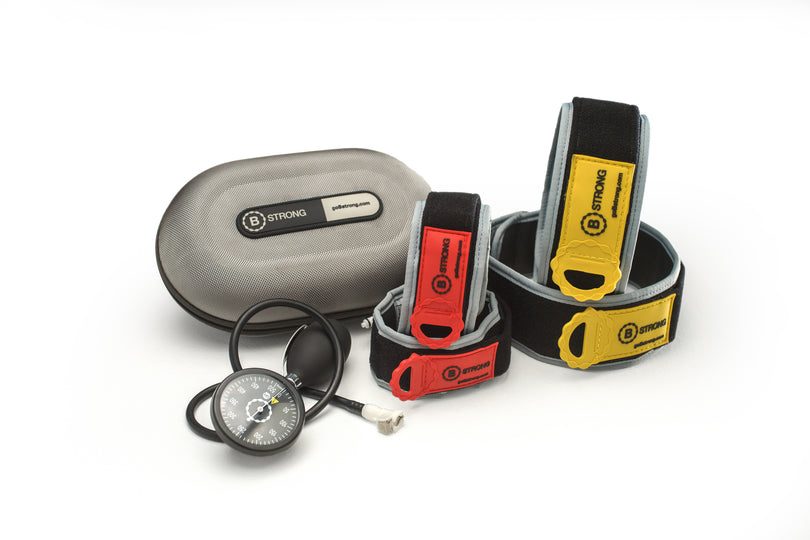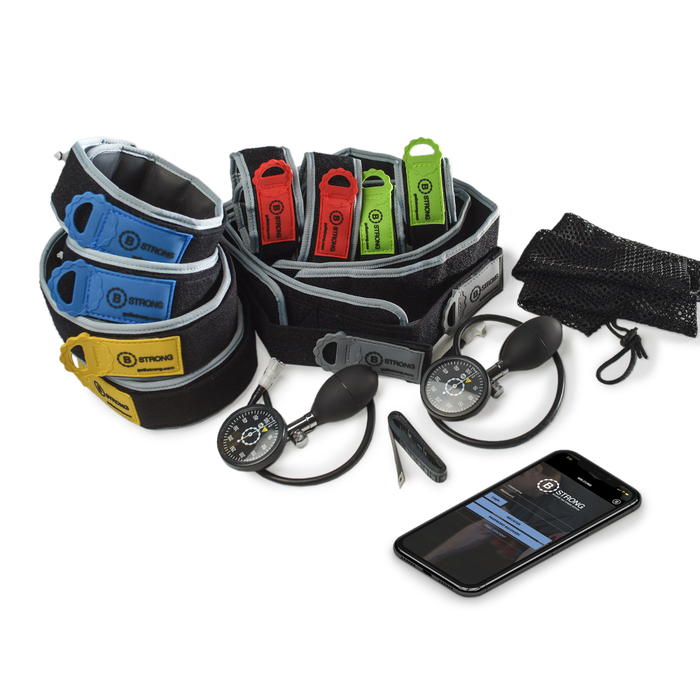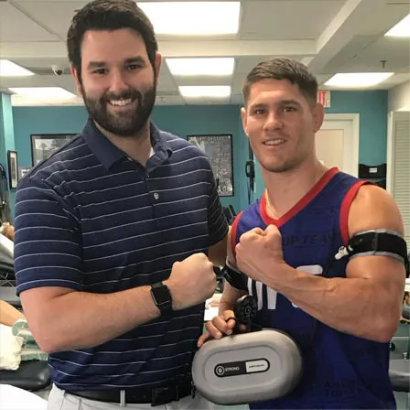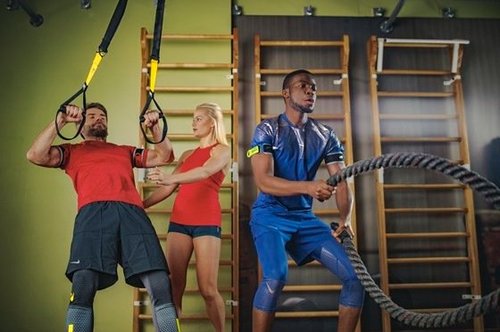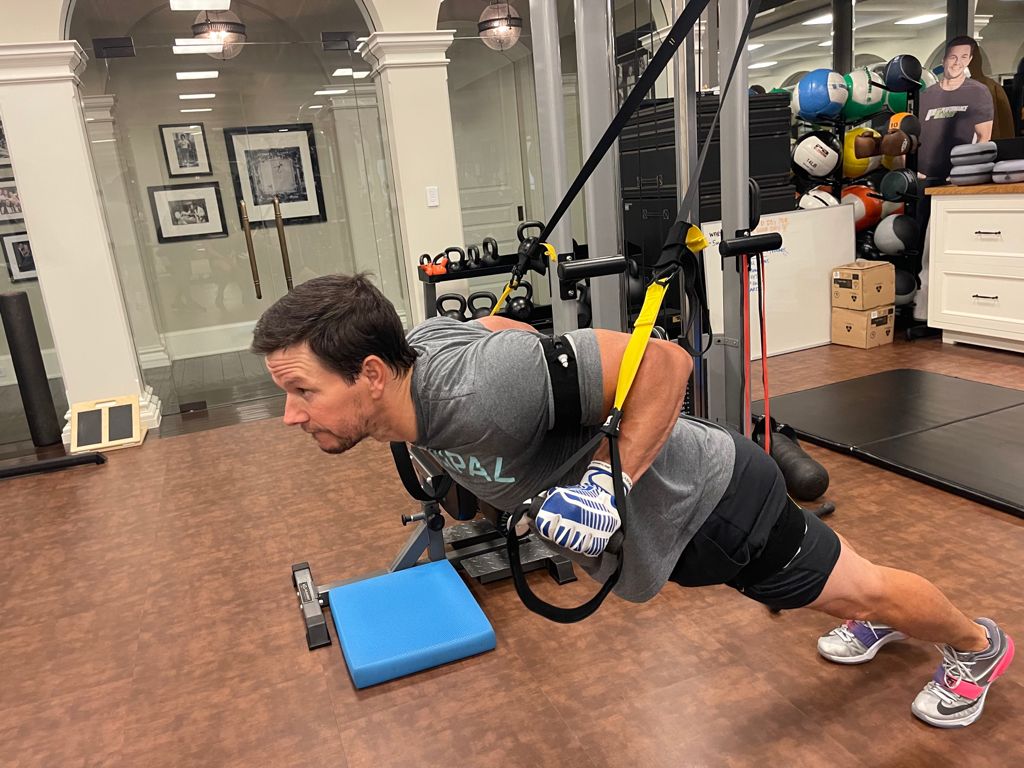Cutting Edge Training Modatily Makes Its Way Into Austin's Youth Sport To Lessen Training Time, Decrease Injuries, and Improve Performance
A cutting edge training method, highlighted in a recent study published in the Journal of Strength and Conditioning Research has made its way into Austin, Texas, Park City, Utah, and many other national and international youth programs. The specialized method of training called Blood Flow Restriction Training or BFR, has been kept somewhat of a secret as it is used in professional fitness organizations, physical therapy clinics, and Olympic training centers; however, B Strong BFR's impact on sport, and specifically youth sport at lessening training times and injuries, when our youth is increasing becoming overtrained, is getting discovered.
"The Blood Flow Restriction Training or BFR modality has hundreds of studies showing its efficacy in producing strength, power, lean body mass, over all fitness improvement, and we are now looking at using BFR to increase explosive power, speed, and agility. BFR is proven to lessen training time and injury, when using safe and proper BFR equipment. The study in Journal of Strength & Conditioning Research targets BFR effectiveness on Youth Soccer players and reflects what we are finding in everyday training of our Olympians and normal populations, and now, youth sport," says, BFR Leading Authority, Jim Stray-Gundersen, MD.

Many National Team members, MLS and international players and coaches use BFR under Dr. Stray-Gundersen's direction.

Abstract: Performing Soccer-Specific Training with Blood Flow Restriction Enhances Physical Capacities in Youth Soccer Players Hosseini Kakhak, SA, Kianigul, M, Haghighi, AH, Nooghabi, MJ, and Scott, BR.
Performing soccer-specific training with blood flow restriction enhances physical capacities in youth soccer players. J Strength Cond Res XX(X): 000-000, 2020-This study investigated the effect of soccer training with blood flow restriction (BFR) on physical performance in youth athletes. Nineteen semi professional soccer players were randomly assigned to either normal soccer training (ST; n = 9) or soccer training with BFR (STBFR; n = 10). Both groups performed identical activities during a 6-week preseason training phase, either with or without lower limb BFR. Training included soccer-specific drills, small-sided games, plyometrics, and continuous running. Before and after the intervention, players were assessed for leg extension strength and endurance, countermovement jump performance, 40-yd sprint time, change-of-direction (COD) ability, aerobic endurance, and soccer-specific endurance (while dribbling a ball). Significantly larger improvements were observed in the STBFR compared with the ST group for tests of muscular endurance (74.8 ± 34.1% vs. 4.0 ± 14.6%), COD (8.1 ± 3.7% vs. 2.8 ± 4.7%), and aerobic (54.1 ± 19.6% vs. 24.7 ± 27.2%) and soccer-specific endurance (58.4 ± 19.6% vs. 22.7 ± 10.2%). Main effects for time were observed for maximal strength, jumping, and sprinting performance (p < 0.001) but with no group and time interaction. These findings demonstrate that team sport training with BFR can enhance physical qualities that are related to performance in youth soccer players. This application of BFR may improve the adaptive responses of muscles, without having to dedicate additional training time to muscular qualities.

